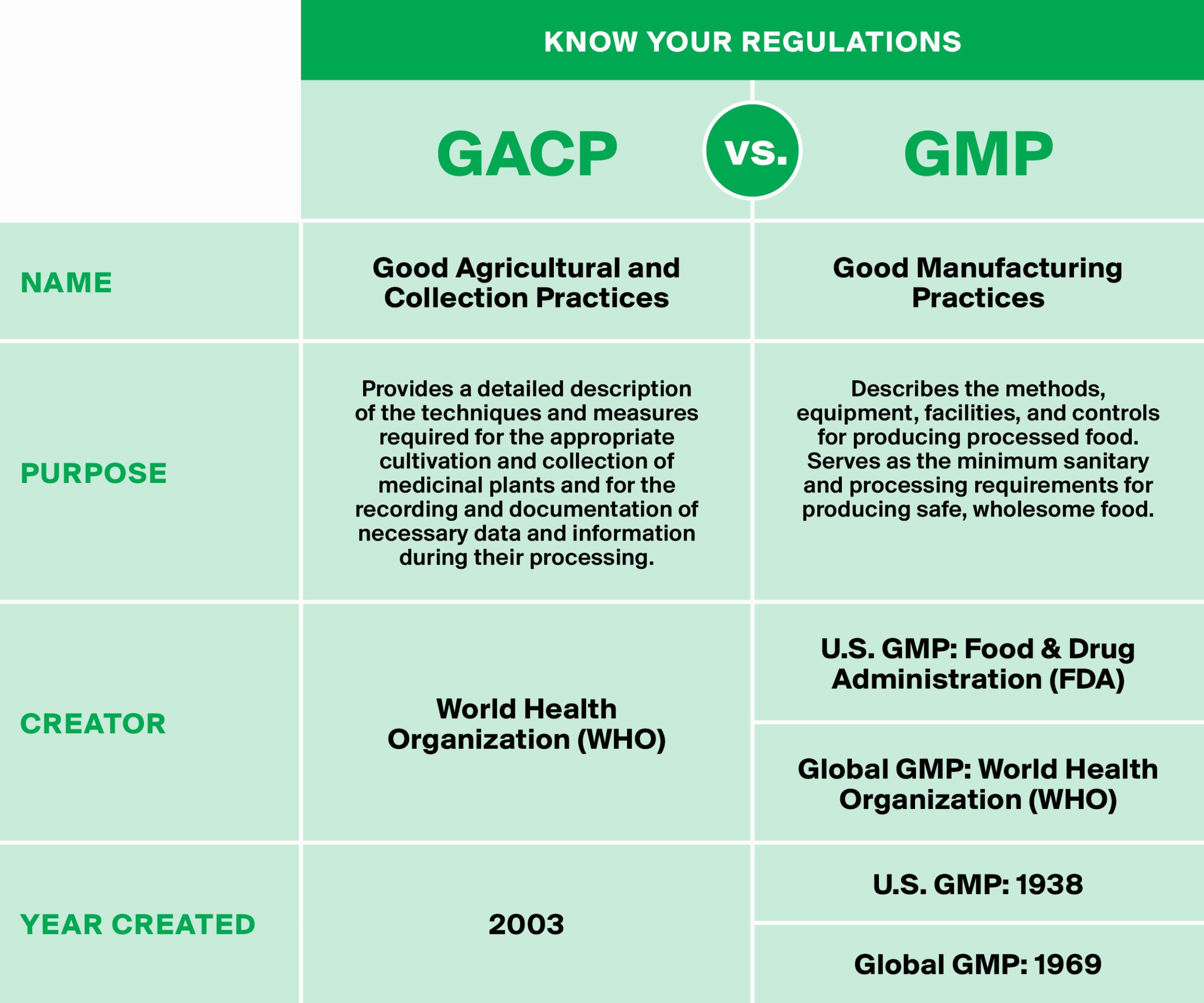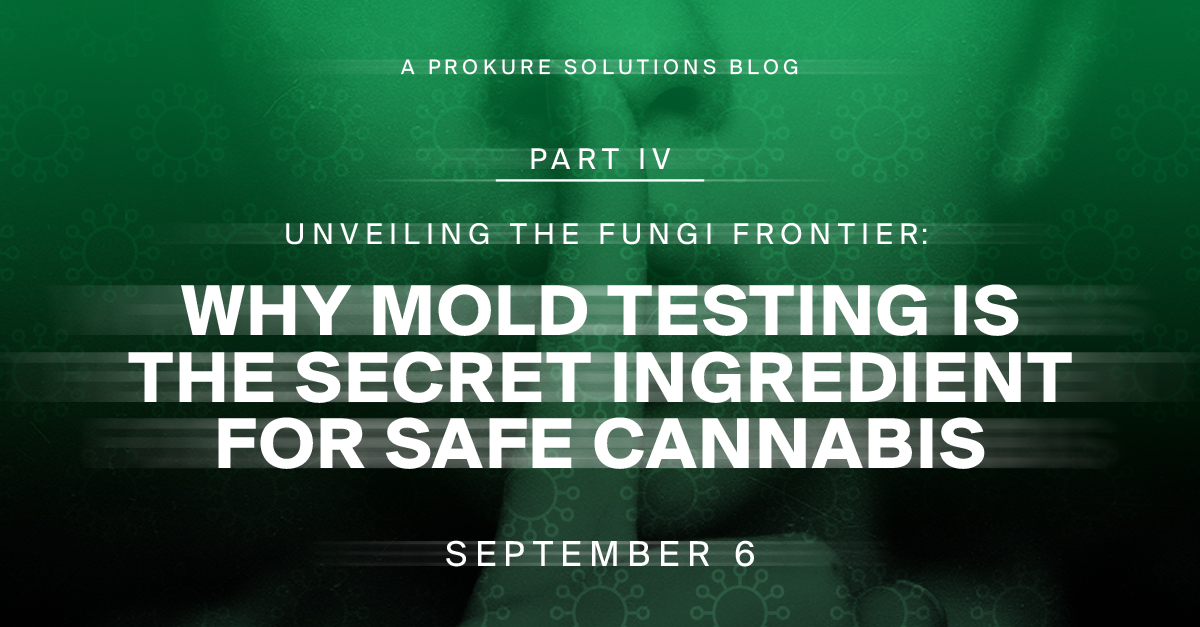In our fourth and final Fungi Frontier blog series, we’re taking a closer look at the regulatory and health landscape of our closest cannabis-producing neighbor: Canada.
Why Canada? To put it simply, Canada, as an agricultural market, is, well … huge. Canada is one of the world’s largest exporters of food, and in 2023, it exported nearly $99.1 billion in agricultural products. Farms cover 62.2 million hectares, or 6.2%, of Canada’s land area; the average farm size has almost doubled over the last 50 years due to consolidation and technological advances, including indoor growing facilities. When you zoom into how that relates to cannabis cultivation, revenue in the cannabis market in Canada is projected to reach US$5.63bn in 2024, and it’s expected to show an annual growth rate of 3.17%, resulting in a market volume of US$6.58bn by 2029. That’s a lot of weed.
<br>

<br>
With this considerable amount of market growth comes the aches and pains of maintaining plant health while trying to meet the increasing demand. To put it into perspective, below are statistics from Health Canada. The chart shows that a total of 159 respondents reported adverse reactions associated with cannabis as a suspect substance to Health Canada between January 1 and December 31 of 2022. Of these, 40% are from consumption of homegrown, unknown, or illegal cannabis products, while the other 60% were attributed to legal cannabis products, which was 50/50 recreational to medicinal products.
<br>

<br>
Why does this matter? Recent survey research shows that 27% of Canadians, aged 16 and older, reported using cannabis in the previous 12 months, up from 25% from the previous survey. There are about 40 million Canadians, so this data tells us approximately 10 million Canadians consumed cannabis, and only 159 adverse reactions were reported.
All this math is our way of saying that the actual safety of cannabis in Canada is impressive, and it implies that safety measures like TY&M (Total Yeast & Mold) limits are paying off. If diligence, regulation, industry knowledge, and preventative protocols can be attributed to part of this success, then certainly backing off from these could have the opposite outcome. In other words, “if it ain’t broke, don’t fix it.” As an industry, we must insist upon the maintenance, if not the strengthening, of regulations and safety measures over time.
<br>
Zooming Out
While the data clearly celebrates a victory here, the largest hurdle for international cannabis cultivation is the legal status in various countries. For example, in the United States, cannabis is still illegal at the federal level, which prohibits importation and interstate commerce. Therefore, none of the international cultivators can see a reason to produce cannabis products that meet U.S. standards. As such, the U.S. is getting outpaced by international cannabis producers poised to service the international market, like Israel, Australia, Germany, Colombia, and Portugal.
Another high hurdle is medicinal cannabis, which demands higher standards in European nations. These standards can increase consumer costs up to four times compared to adult use and/or recreational cannabis products. Additionally, from a cultivation perspective, plants produced for medicinal use require standardization through regulations and laws similar to any other pharmacological drug product. These require implementation of Good Agricultural and Collection Practices (GACP) and Good Manufacturing Practices (GMP).
<br>

<br>
Finally, cannabis plants perform best as a commodity when they are uniformly produced, even across borders. Just like Henry Ford’s assembly line, when results are predictable, the entire cultivation process is more efficient and profitable. This truth can be seen across the fields of many crops. Think of the acres and acres of cotton or corn plants you see as you drive along miles and miles of highway. Every plant is the same height, shape, color, etc., as far as the eye can see. These are examples of very stable genetics producing consistent plants each and every growing cycle. Cannabis plants are no different. They should be standardized as well.
The dark side of modern, indoor, medicinal cannabis cultivation is that the art of growing will die. What I mean by this is that the overwhelming need to produce consistent products drives one to strictly follow standardized cultivation practices that will yield predictable results every time. In the business of medicine, consistency is everything!
<br>
Green Ecosystems Require Green Standards
Cannabis plants are living, breathing beings (just like humans) and have a diverse ecosystem of microorganisms that live symbiotically within them. The reality of considering microbial regulations, similar to those used for pharmacological products, for harvested cannabis inflorescence seems odd to me because growing plants is not the same as the chemical synthesis of a drug … which brings me back to a previous blog about the use of beneficial microorganisms for cannabis cultivation.
Clearly, these microorganisms are beneficial for the plants, hence the name! Why not allow cultivators to use them? All microorganisms are not created equal in terms of human health and safety. Microorganisms that are known to be non-pathogenic should be exempt from regulation. The TY&M test, key word being “Total,” is a great indicator for risk analysis of processing and handling activities, but it is not so great at measuring the cultivation practices for cannabis plants. GMP doesn’t begin until after plants are harvested, e.g., trimming, drying, curing, and packaging. Before that, GACP is required, which are guidelines intended to ensure the health of both consumers and workers is protected by ensuring compliance with all production and distribution processes.
As more time passes and more people consume cannabis, more information will be gathered and regulations will evolve appropriately. Currently, it seems the industry is proceeding with the utmost caution. Can’t blame them! Whether it’s due to some residue/legacy stigma or simply being an immature industry, markets across the globe are either nonexistent or still ramping up. Instead, encourage them! I am hopeful that international laws will harmonize across the globe as we understand this amazing plant better and better.

